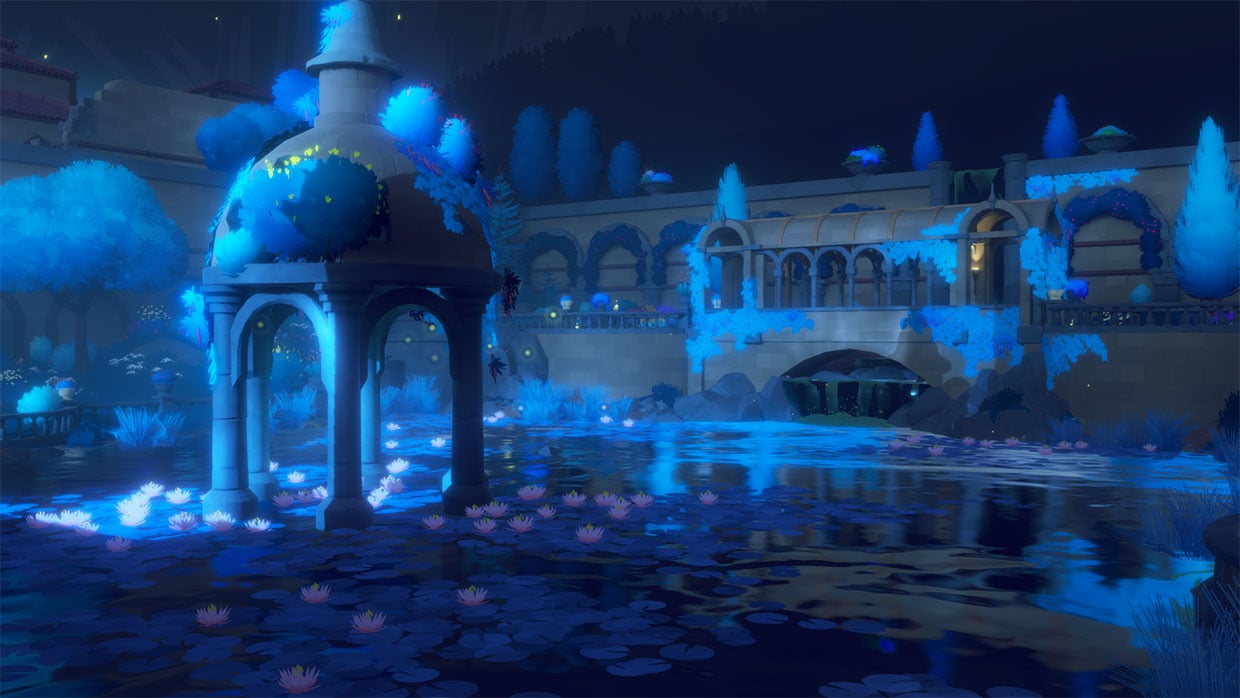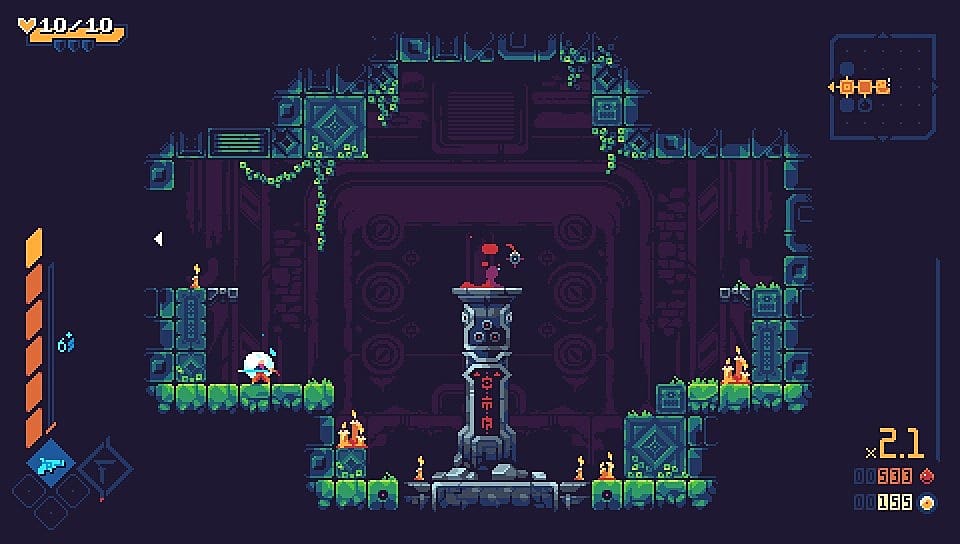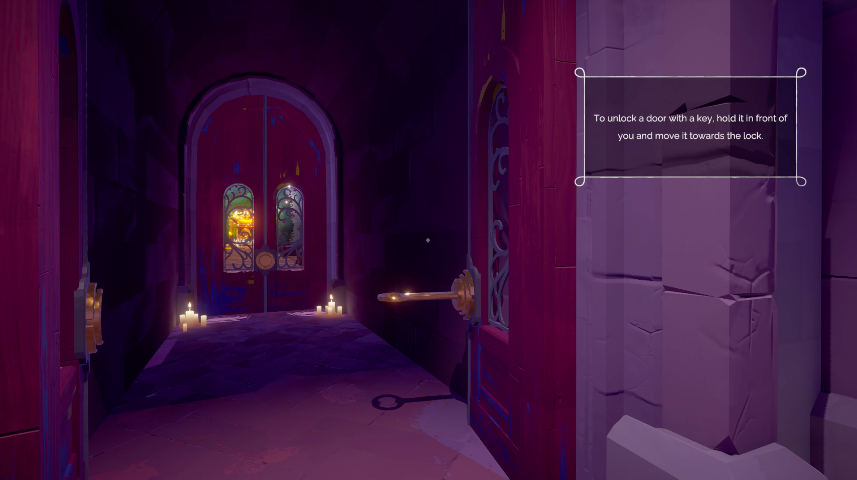

That narrative, soundtrack, and aesthetic is so tenuously linked to the actual gameplay, though. This is backed up with a gorgeous, evocative soundtrack and an aesthetic that emphasises beauty and a poetic ambience.
#Maquette game soundtrack how to
It’s told – and performed – nicely, and while you’re not going to walk away from Maquette with a profound new insight into the human condition, the narrative does know how to tug at the heartstrings. The game tells the story of two people who meet, fall in love, have a relationship, go through all the trials and tribulations of such and – while avoiding spoilers here – the conclusion to the romance. Maquette’s problem is that it also wants to be a narrative experience. You’re getting through on your own wits, and nothing else.

Its puzzles are eminently solvable, and not cruel about it, but it also refuses to hold your hand through the experience. Because we don’t really see these specific kinds of recursive puzzles in games, it comes across as a fresh look at a tired genre, and as an added bonus, nothing about Maquette is insulting to the intelligence. These puzzles are pretty cleverly designed and will cause you to pause and think about perspective, scale, and geography. By manipulating small and big, you’ll be able to navigate through locked doors, gaping chasms and blocks that would otherwise be impassable. You could use that key to create a “bridge” in the diorama, which would cause a massive key in the big world to give you a bridge to walk across there as well. What you do to the diorama is replicated in the “big world,” so, to give you a really simple example of this in action – say you get a key in the big world. In simple terms: in each area, you explore there’s a small diorama in the middle, and what it’s in the middle of is a larger, exact replica of the diorama. This is complex to visualise, but it works with surprising elegance in action. The game works with perspective, with all the puzzles being recursive in nature, and it’s something that’s never been done to such a sustained degree in a puzzle game before (at least, as far as I can recall).

Maquette’s puzzles are, in isolation, strong. Unfortunately, it does let the puzzles get in the way of that. It might be closer to a teenager-in-love poem than Edgar Allan Poe or Shakespeare in terms of its quality, but it’s a lovely little narrative experience. If you were to run through the game without ever getting “stuck,” there’s a beautiful, elegant rhythm to this thing. However, for me, it’s the poetic way that it shares its plot and vignettes that could have been Maquette’s strongest feature. Walking simulators are another, in the way that the game shares its story in perfect choreographical lock-step with movement through the world, and that it shares player interaction without a single physical person showing up. The first person puzzler (it’s clear the developers have spent a lot of time inside The Witness and Portal) is certainly one.

Maquette is a game that has been inspired by a lot of things.


 0 kommentar(er)
0 kommentar(er)
